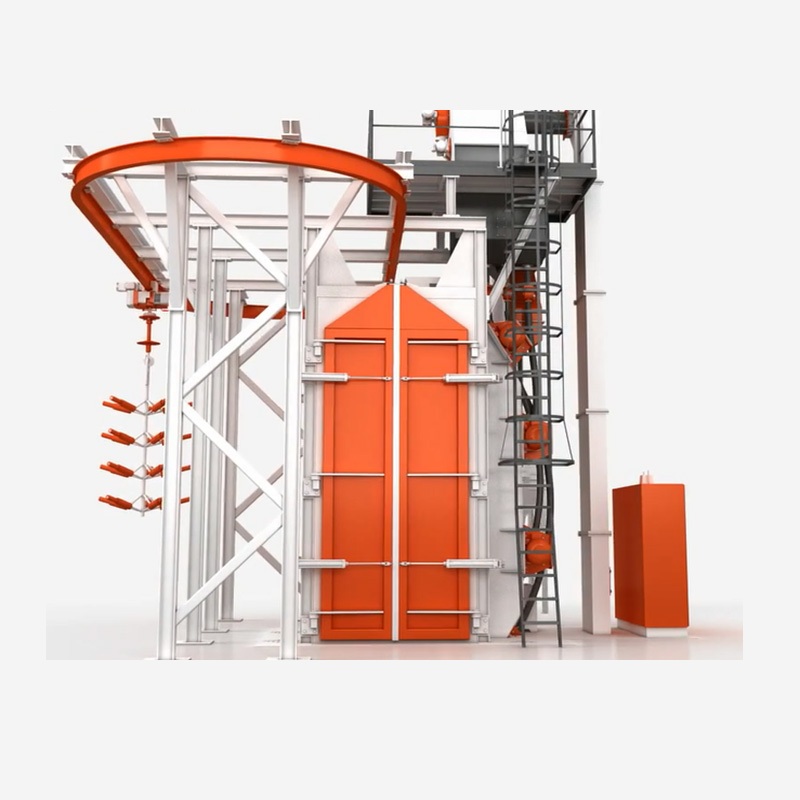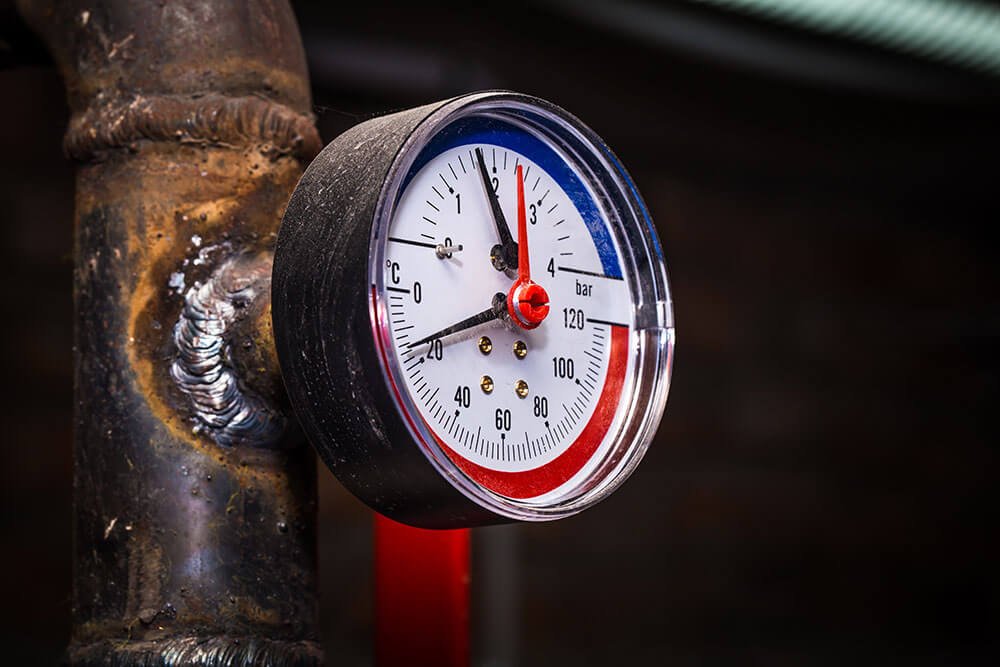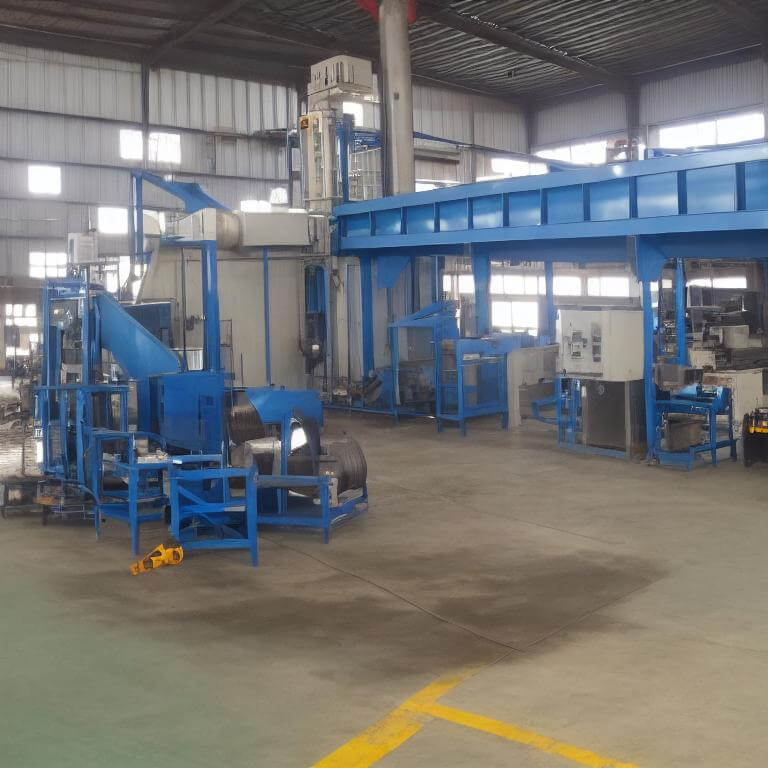Using an aluminum shot blasting machine can have such benefits include improved surface finish, increased productivity, and reduced maintenance costs for metal fabrication businesses. It works by propelling tiny pieces of aluminium at a surface in order to clean, polish, and strip it of paint or other materials. As aluminium shot blasting has become more popular, optimization of the machine, its settings, and processes can reduce time, energy, and resources. In this article, we will discuss tips and tricks for optimizing the performance of an aluminium shot blasting machine as well as troubleshooting common issues.

Tips for Optimizing the Performance of an Aluminium Shot Blasting Machine
Optimizing the performance of your aluminium shot blasting machine commences before the actual blasting. Before starting the blasting process, engineers should ensure all safety protocols are in place and review the following pre-start checklist: inspecting belts and motors, modifying air pressure settings, and looking out for any signs of abrasive blasting clogging. These steps may seem similar to regular maintenance, however, regular evaluation and optimization of the machine is key to ensuring it runs as efficiently as possible. Properly maintaining the aluminium shot blasting machine can ensure any issues are identified and resolved before they become major problems.
Pre-Start Checklist
Pre-start checklists are an essential part of any aluminium shot blasting project. An effective pre-start checklist should include proper review and maintenance of the entire system. This includes thorough checking of belts and motors, testing the air pressure settings and aligning the heads or nozzles, and looking for any potential signs of abrasive blasting clogging. Making sure each element of the aluminium shot blasting machine is in good working order before starting blasts can help increase machine life and prevent issues in the future. Additionally, pre-start checklists help ensure job sites remain safe and meet the necessary safety standards.

Inspect Belts and Motors
Inspecting belts and motors is one of the most important aspects of maintaining an aluminium shot blasting machine. By making regular inspections on the belts and motors, engineers can help ensure that the system is running at full capacity and that it is free of any debris or dirt buildup. Motor issues should especially be monitored as a malfunctioning motor can cause serious damage to the system. In addition, oiling the motors periodically can help dramatically increase the lifespan of all the elements in the blasting system and ensure full optimization.
Modify Air Pressure Settings
Modifying the air pressure settings of an aluminium shot blasting machine can also help optimize its performance. By adjusting the air pressure settings correctly and often, engineers can ensure the blasting is reaching the desired area while avoiding any over-spraying. Additionally, making sure the nozzle is aligned to the air pressure setting is vital for a successful blast. As the nozzles can become clogged up or loose, testing the spray pattern periodically can help avoid this issue. Modifying the air pressure settings can also help reduce material consumption and create a smooth blasting experience.
Monitor for Abrasive Blasting Clogging
Monitoring for abrasive blasting clogging is another key step in optimizing an aluminium shot blasting machine. Clogs can significantly reduce the effectiveness of the blasting process and lead to blocked nozzles or other costly issues. Regular monitoring and inspection of the abrasive blasting hopper can help prevent any clogging before it becomes a major issue. Additionally, using the right abrasive blasting material and amount can help reduce the likelihood of a clog in the future. Ensuring that any problem areas or abrasive buildup is identified and treated quickly is essential for optimal performance.
Troubleshooting Common Issues with Aluminium Shot Blasting Machines
It is inevitable that issues with an aluminium shot blasting machine arise. To combat these issues, engineers have to troubleshoot and identify possible problems. Common issues that can arise include incorrect air pressure settings, abrasive blasting clogging, and motor issues. Incorrect air pressure settings can cause over or under-spraying, disrupting the blasting process. Clogs in the abrasive blasting hopper can lead to blocked nozzles and reduced machine performance. Motor issues can bring the entire system to a halt, so it is important to check these regularly. Troubleshooting each of these issues can help ensure the system runs as smoothly as possible. If you have any questions about how to troubleshoot a shot blasting machines, please feel free to contact our professional team, and we will provide you with professional consulting services.
Incorrect Air Pressure Settings
One common issue with aluminium shot blasting machines is incorrect air pressure settings. Setting the wrong air pressure can cause over or under-spraying of the blasting surface, leading to uneven stripping of the desired material. If the air pressure settings are too high, it can also lead to premature wear on the nozzles. To combat this issue, engineers should check the air pressure frequently and adjust as needed. Aligning the nozzle to the desired pressure setting can also help prevent any future over or under-spraying. Properly monitoring the air pressure settings can help ensure the blasting process is smooth and efficient.

Abrasive Blasting Clogging
Abrasive blasting clogging is another problem engineers may have to deal with when using an aluminium shot blasting machine. This can occur if the abrasive blasting material is not changed often enough or is not properly monitored. When the abrasive material is not changed, it can accumulate in the hopper and cause a blockage or clog. This can lead to blocked nozzles, decreased airflow, and inefficient blasting. To prevent clogging, engineers should regularly monitor the hopper and change the abrasive blasting material often. Additionally, using the correct type and amount of abrasive can help reduce the risk of a clog in the future.
Motor Issues
Motor issues can be a major problem for an aluminium shot blasting machine. Motors in these machines need to be operating at peak efficiency to ensure proper performance. If the motor is not operating correctly, it can lead to low-power output, decreased air flow, and sporadic operation. To remedy this issue, engineers should check for loose connections and inspect for any debris build-up around the motor. Oiling the motor can also help increase peak efficiency and the lifespan of the motor. In some cases, a damaged motor may need to be replaced to ensure optimal performance.

Conclusion
In conclusion, optimizing an aluminium shot blasting machine can help ensure efficient and accurate blasting processes. Regular maintenance and inspections are key to getting the most out of the machine. A successful pre-start checklist should review all the elements of the machine, including the belts, motors, and air pressure settings. Additionally, troubleshooting and monitoring for common issues can help reduce problems in the future. By utilizing these tips and tricks, engineers can achieve optimal performance from their aluminium shot blasting machine.
Summary of Tips and Tricks for Optimizing the Performance of an Aluminium Shot Blasting Machine
In summary, getting the most out of an aluminium shot blasting machine requires proper maintenance and optimization. This includes completing a successful pre-start checklist, inspecting belts and motors, and modifying air pressure settings. Additionally, troubleshooting for common issues such as incorrect air pressure settings, abrasive blasting clogging, and motor issues is essential in ensuring the system runs smoothly. By utilizing the tips and tricks discussed in this article, engineers can achieve optimal performance from their aluminium shot blasting machine.
As a leading supplier in the industry, shotblastingmach.com offers a wide range of shot blasting machines, catering to the diverse needs and requirements of their clients.